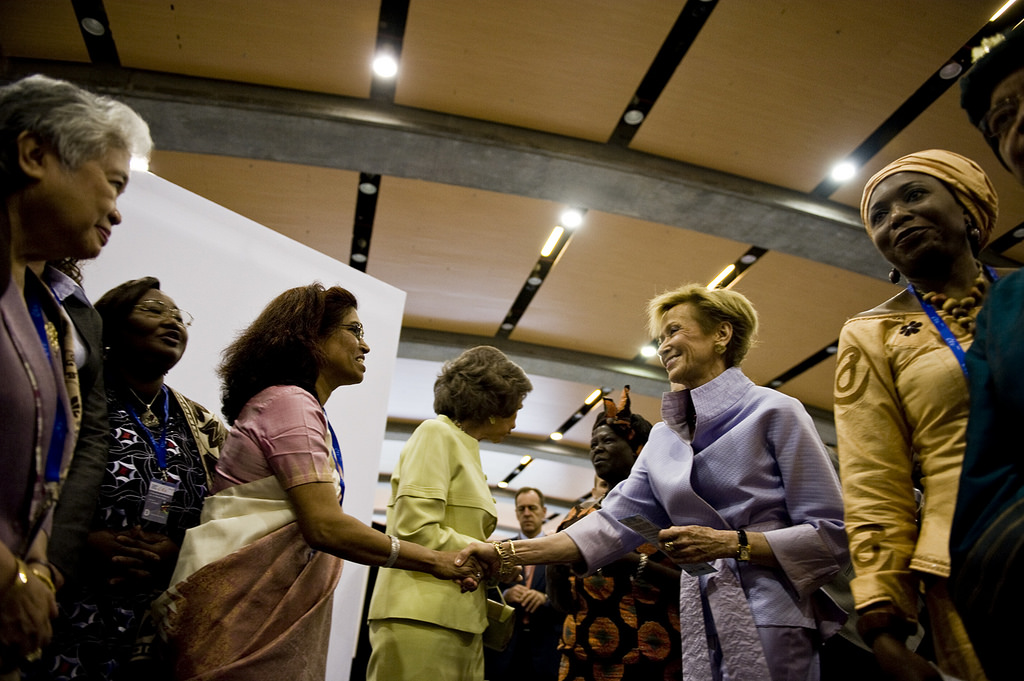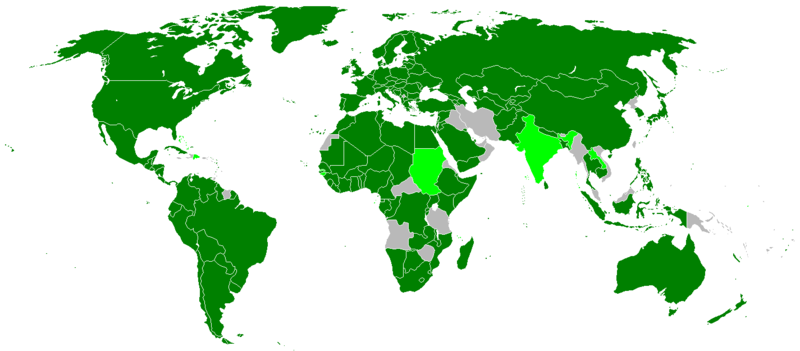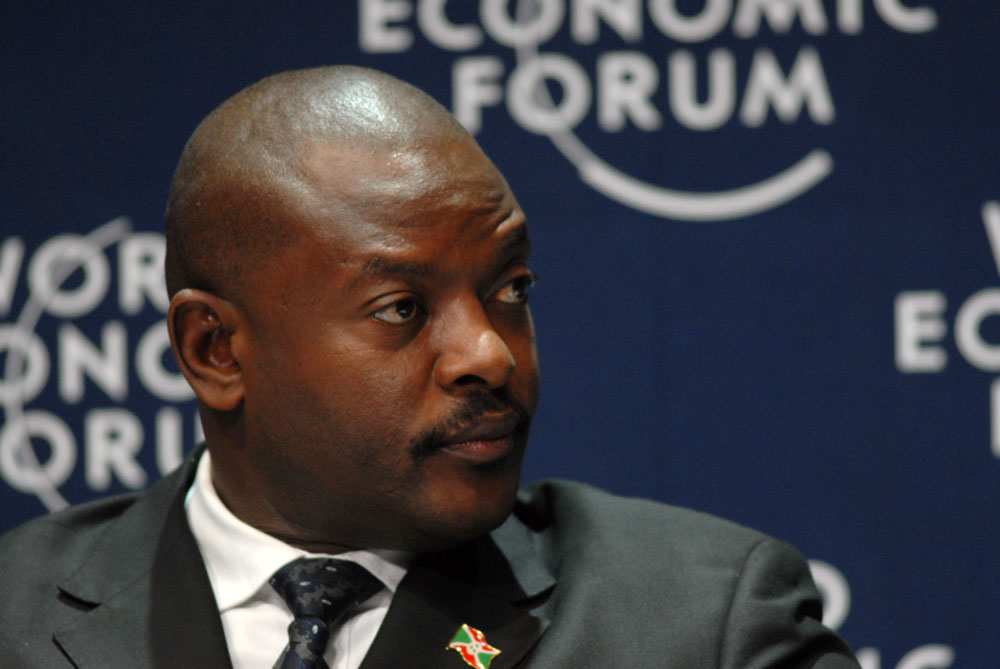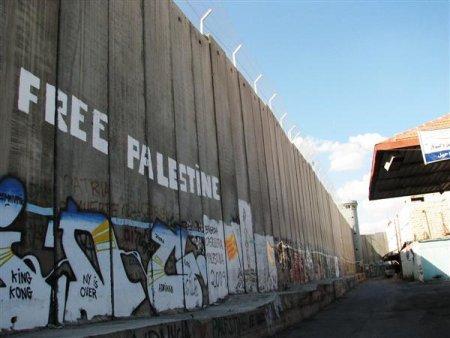By Marie Berry for Denver Dialogues.
Last week I met with a group of women politicians in Kenya who said their biggest fear in running for office was being physically attacked or stripped naked in the street. One woman described being lifted up by her collar and shaken by a male politician right outside of the main assembly hall. I’ve heard similar stories—to different degrees—in interviews with women politicians in Bosnia, Rwanda, and Nepal, who have described being asked for sexual favors, called whores, humiliated for their physical appearance, or ridiculed for their marital or maternal status. Unfortunately, some women pay the price of political participation with their lives, such as UK Labour MP Jo Cox, who was shot and stabbed to death by a man linked to a far-right party earlier this year. Indeed, fear of violence is one of the principal reasons women do not participate in politics in many countries across the world (see one report here).
The US election has brought these issues close to home, as some Trump supporters have threatened to assassinate Hillary Clinton, “hang that b*tch,” or shoot her for treason. Images from Trump rallies in the last few weeks have featured Clinton’s head on a spike or her face in the cross hairs. And while some Trump supporters maintain that their vitriol has more to do with Clinton’s “scandals” than her gender, a study released by the Inter-Parliamentary Union last week showed that Clinton is far from the only woman politician facing aggressive threats of violence.
Across the world, an alarming 40 percent of women Members of Parliament (MPs) surveyed in 39 countries have received threats of kidnap, assault, rape, death, or the abduction of their children while in office. One-fifth of MPs reported being subjected to sexual violence. Rates of psychological abuse—such as humiliating sexual or sexist remarks—were higher still, with more than 80 percent of women MPs reporting. And the study did not survey political aspirants, many of whom abandon their ambitions for public office because the threats of violence are too great.
Recent research by Krook and Sanín (2016) and others has called for more attention to this problem, as have initiatives by the National Democratic Institute and iKNOW Politics. While some contend that violence against women in politics is no different than threats against male politicians, Krook and Sanín emphasize a critical difference, which is that the type of violence under discussion seeks to restrict the political participation of women qua women—in effect, such threats implicitly communicate to women and society at large that women as a group should not hold public power. When threats are directed at a male politician, they are not typically aimed at his gender or his status as a representative of a broader social group. Men from marginalized communities and communities of color, such as President Obama during the 2008 campaign, are the exception.
What does this mean for our understandings of gender and violence more broadly?
The rhetoric directed at Clinton is the most violent in any US election since the Civil War era. This should be a startling reminder of the pervasiveness of gender oppression in our society. While we have made advances in securing women’s equality with men, there is growing recognition that women’s progress can simultaneously trigger new forms of inequality. This is often because efforts to promote women’s inclusion in formal political structures fail to address—not to mention dismantle—the underlying systems of oppression and male-dominated social orders causing the subordination of women in the first place.
In Rwanda, the country with the highest level of women in parliament in the world and a gender-friendly constitution that guarantees a one-third quota for women at all tiers of government, ordinary Rwandan women report tremendously high levels of violence in their daily lives. Similarly, in Nepal—where the current President, Speaker of Parliament, and Chief Justice are all women—the new constitution includes regressive citizenship laws that put single mothers and their children at grave risk. In short, women’s advancement at the top has done relatively little to ensure all women’s security and progress.
As women across the world gain rights and status and increasingly move out of the private realm into more male-dominated spaces and institutions, the pushback by those seeking to maintain the status quo can grow in proportion to the gains achieved by women. This pushback against women in politics is certainly a violation of the fundamental principles of democracy and human rights, as scholars and activists have noted. Yet it is also more than that: it reflects a space in which caustic misogyny can be masked as “legitimate” policy critiques and free speech. Where Hillary Clinton can be accused of “committing treason,” those calling for her death see their rhetoric as politically justified, not simply as virulent sexism. My concern is that the normalization of such violence against women in politics—who are visible and prominent—can lead to the normalization of violence against women in society at large. And, as usual, women from marginalized communities are likely to be particularly vulnerable.
I do not mean to suggest that we should stop promoting women in politics. But the vitriol directed at Clinton and other women politicians around the world should motivate us to better assess how periods in which women vie for political office can actually strengthen, rather than erode, underlying patriarchal systems. As Hillary Clinton vies to crack “the highest glass ceiling” today, we should turn our attention to how this act is simultaneously a landmark moment for women’s equality while also a potential trigger for backlash against women more broadly, be it in homes, at polling stations, at political rallies, or simply as we walk down the street. The violent rhetoric directed at Clinton won’t terminate with the campaign. If she wins, it will follow her to the White House and beyond. What remains to be seen is how such insidious sexism will spill over into gendered power relations more broadly, shaping the degrees and forms of violence against all women, even those far removed from political life.







3 comments
Oh, what a difference a few months make. Zero violence emerged from the Trump camp, while a domestic terror group came to the fore to attack anybody even perceived of supporting Trump. Free speech and political choice are under violent attack, and it’s by the left.
How does crow taste, by the way?
Hm: “zero violence emerged from the Trump camp” must be an alternative fact. Obviously many incidents during Trumps electoral rallies and the increase of hate crimes after his election must qualify as violence. ( http://www.independent.co.uk/news/world/americas/southern-poverty-law-centre-donald-trump-hate-crimes-897-10-days-anti-women-immigrants-refugees-a7445916.html )
But I agree that the violence against Trump supporters in Berkeley should worry us, though obviously not because a “terror group came to the fore”. Trump will use any violence of his opponents to mobilize his camp and stabilize the situation. To stay in power he must stir the fire. Therefore anyone turning to violence is playing in his hands.
Also, your use of quotation marks seems to imply you don’t agree that the Black Bloc and Antifa are terrorists. They commit politically-motivated violence, they are the textbook definition of terroists.
Not surprising, given the facts: after Islam, the ideological bent that commits the most terror attacks is the extreme left.